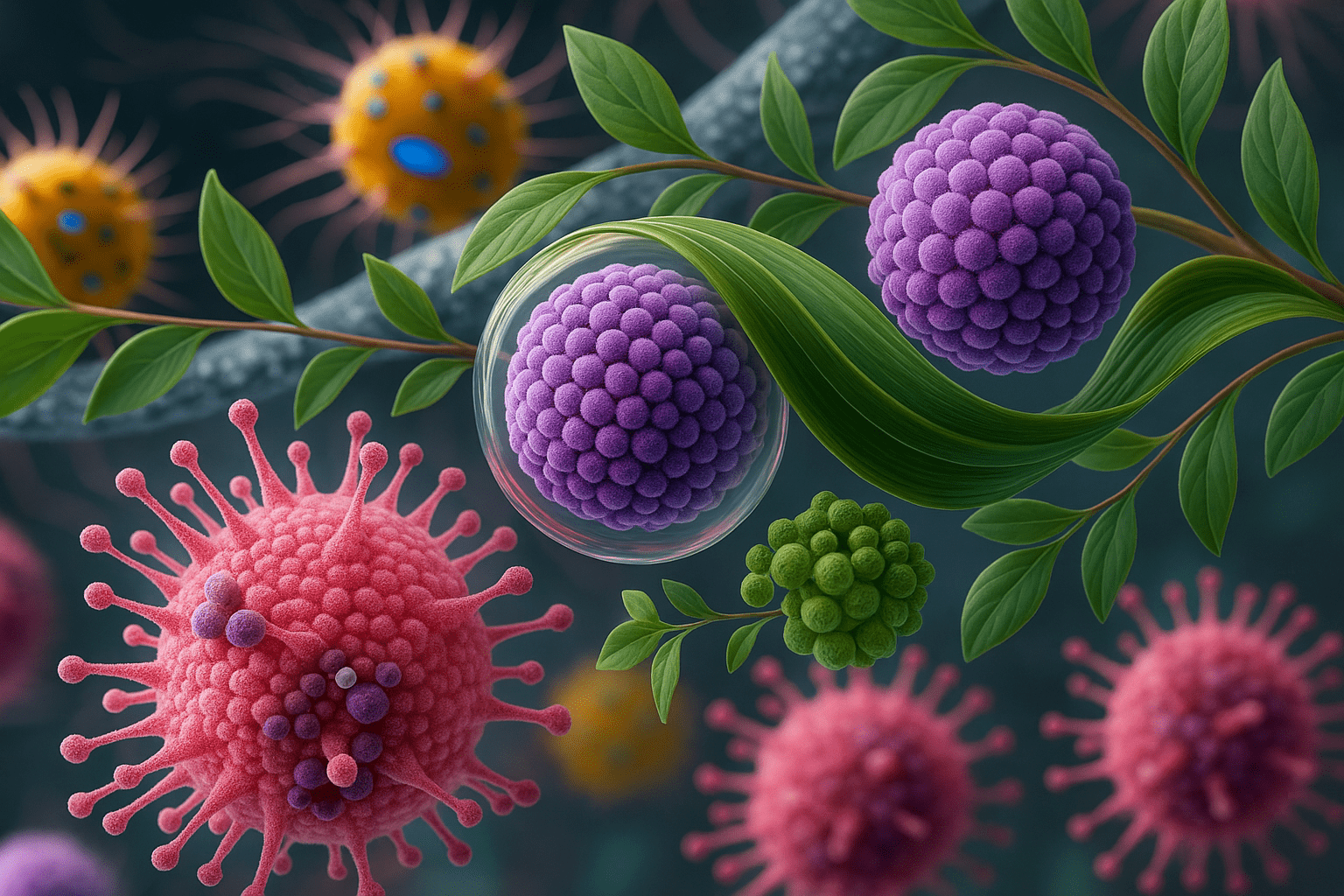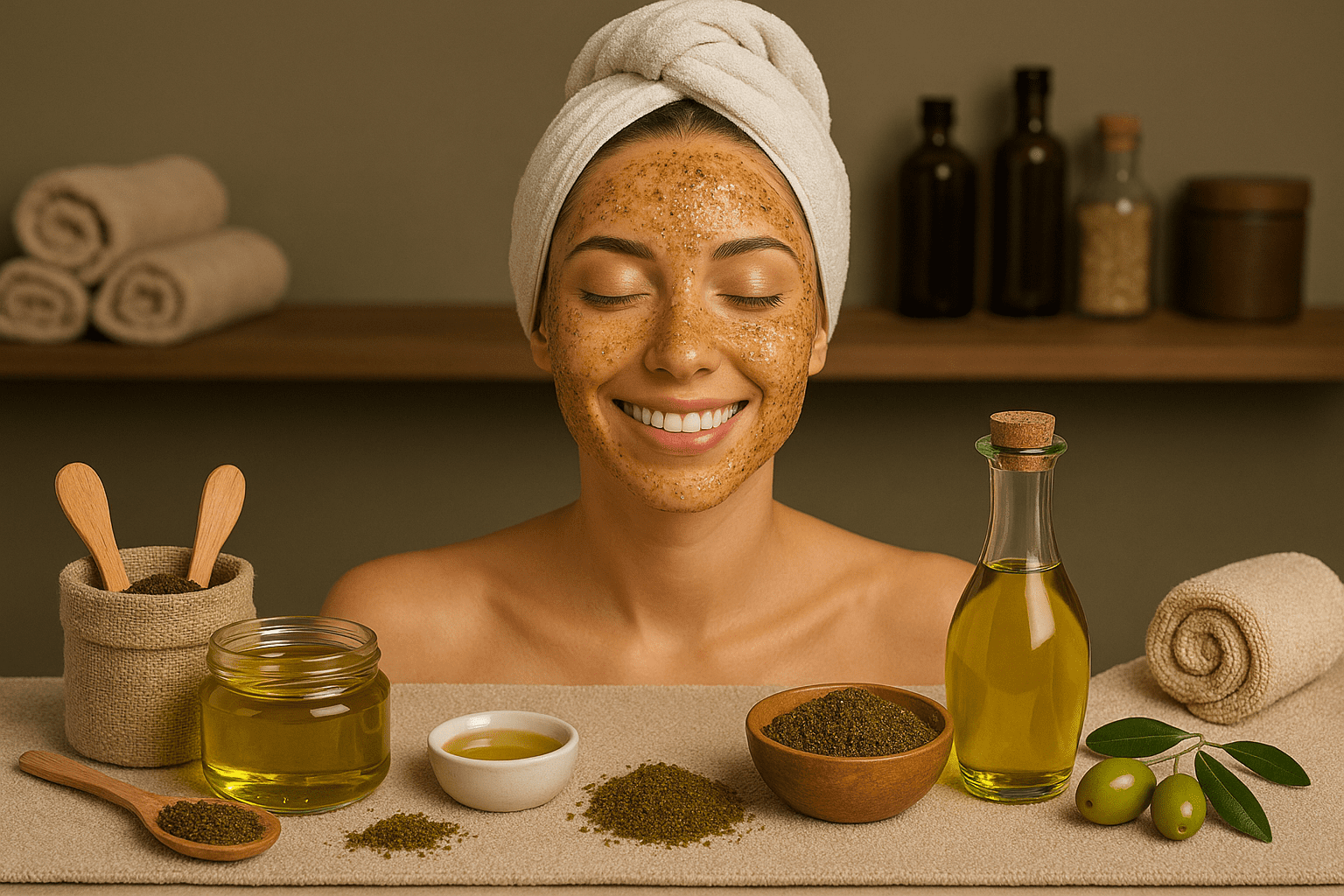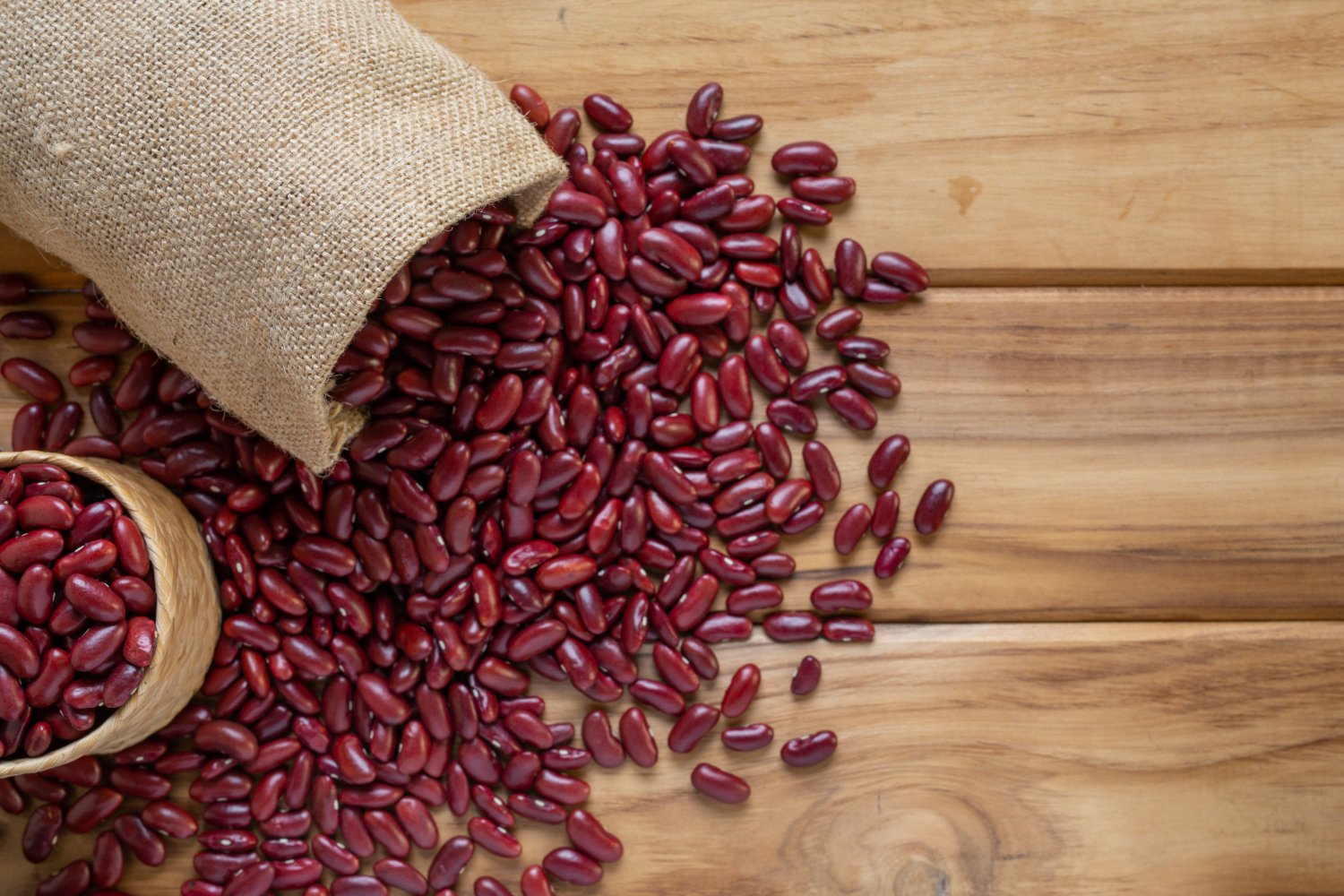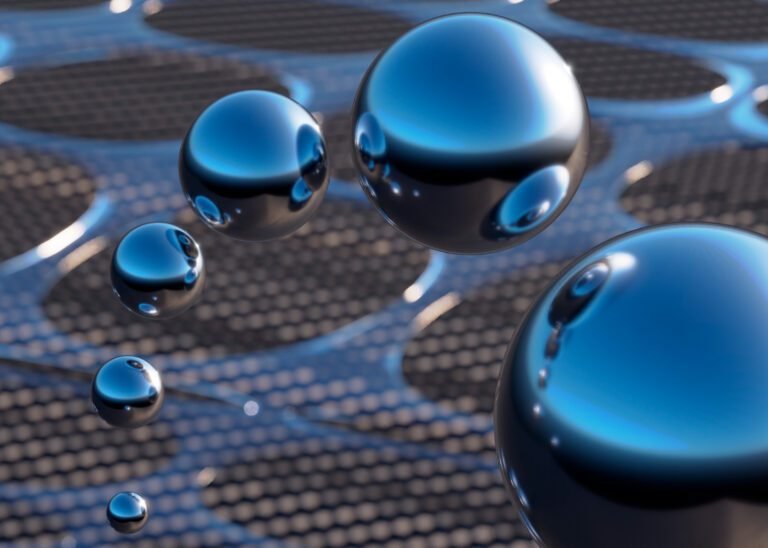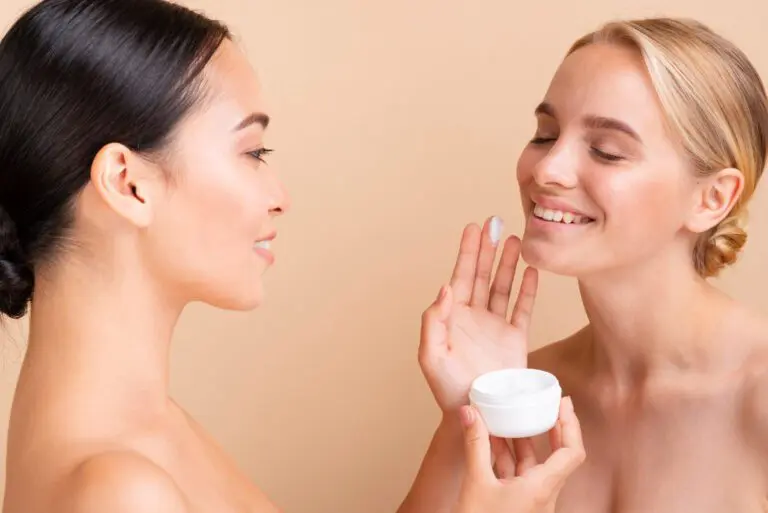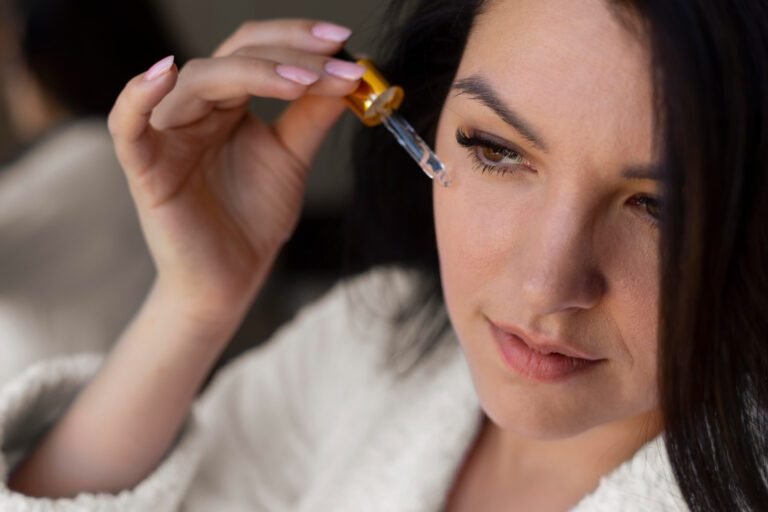Advanced delivery systems define modern cosmetic innovation. Whether derived from plants, phospholipids, or synthetic surfactants, vesicular carriers improve ingredient penetration, stability, and bioavailability. Recently, plant exosomes have emerged as a promising natural alternative to liposomes and niosomes. However, the rapid rise of exosome-based actives has also created uncertainty among chemists regarding regulatory classification and formulation compatibility. This article compares plant exosomes, liposomes, and niosomes in terms of structure, efficiency, and compliance — helping formulators make informed, future-ready choices.
Scientific Background
Understanding Vesicular Delivery Systems
Vesicular carriers are microscopic structures that encapsulate actives and transport them through the stratum corneum. All three systems — exosomes, liposomes, and niosomes — rely on a bilayer architecture but differ in composition and origin. These differences strongly influence stability, penetration depth, and regulatory perception. Consequently, selecting the right system requires balancing efficacy, biocompatibility, and manufacturing feasibility.
Key Structural Differences
- Exosomes: Nano-vesicles naturally secreted by plant cells (30–150 nm), containing phospholipids, proteins, and microRNAs that support cellular communication.
- Liposomes: Artificial spherical vesicles (50–500 nm) made of phospholipid bilayers, typically derived from lecithin or cholesterol.
- Niosomes: Synthetic vesicles built from non-ionic surfactants (e.g., Span or Tween) and cholesterol, offering high stability at lower cost.
Mechanism of Action
Exosomes act as biological messengers, delivering lipids, proteins, and signaling molecules directly into skin cells. Liposomes enhance delivery mainly through passive diffusion by fusing with skin lipids. In contrast, niosomes increase permeability by disrupting the stratum corneum temporarily. Therefore, exosomes provide a more physiological, biomimetic delivery route, while liposomes and niosomes rely on mechanical diffusion.
Comparative Insights
1. Delivery Efficiency
Comparative studies show that plant exosomes exhibit higher cell uptake efficiency compared with liposomes or niosomes of similar size. Because they carry intrinsic signaling molecules, exosomes can activate dermal fibroblasts and keratinocytes beyond simple ingredient transport. Meanwhile, liposomes still remain the gold standard for encapsulating hydrophilic and amphiphilic molecules due to their well-characterized release profiles. Niosomes, while slightly less efficient, offer excellent cost-to-performance ratios in large-scale applications.
2. Stability and Storage
Liposomes and exosomes are both sensitive to oxidation and temperature. Encapsulation within solid lipid nanoparticles (SLN) or nanostructured lipid carriers (NLC) can enhance stability. Niosomes, by contrast, display exceptional resistance to pH and temperature changes, making them attractive for long-shelf-life formulations. However, niosomes may require additional surfactant optimization to prevent skin irritation.
3. Biocompatibility and Safety
Because plant exosomes originate from edible or botanical sources, they present excellent biocompatibility and low cytotoxicity. They are typically isolated from fruits such as apples, grapes, or ginseng roots. Liposomes, though synthetic, are also safe when produced from food-grade lecithin. Niosomes use non-ionic surfactants that are generally regarded as safe (GRAS) but may trigger mild irritation at high concentrations. Therefore, exosomes align best with “clean beauty” and vegan formulation principles.
4. Regulatory Landscape
The regulatory framework for plant exosomes remains under development. In the EU, exosomes fall under the definition of “biological substances” and must comply with MoCRA-style safety substantiation and EU Cosmetics Regulation 1223/2009. Meanwhile, liposomes and niosomes are long established in cosmetic dossiers and generally recognized as safe delivery systems. Consequently, ingredient suppliers should provide clear documentation of isolation methods, purity, and stability to facilitate regulatory acceptance of plant exosome ingredients.
Formulation Guide
Optimizing Exosome Stability
Plant exosomes require gentle formulation environments to remain intact. Avoid strong surfactants or high-temperature emulsification steps above 40 °C. Buffer the pH between 5.0 – 6.0 and include antioxidants such as tocopherol or ascorbyl glucoside. For long-term stability, pair exosomes with polycaprolactone microspheres or polysaccharide gels that create a controlled-release matrix. Freeze-drying or cold-process emulsification also improves shelf stability and reconstitution efficiency.
Compatibility of Liposomes and Niosomes
Liposomes perform best in emulsions with moderate polarity and minimal ionic interference. Phosphatidylcholine and cholesterol concentrations determine rigidity and release kinetics. Niosomes, conversely, are compatible with both hydrophilic and hydrophobic actives and tolerate a wider pH range. Therefore, combining multiple carrier types can optimize delivery of complex actives — for instance, exosomes for peptides and liposomes for vitamins.
Encapsulation Efficiency
Encapsulation efficiency typically follows the order: Exosomes > Liposomes > Niosomes. Natural lipid composition and membrane proteins give exosomes superior loading potential for hydrophilic and hydrophobic actives alike. Nonetheless, precise characterization (DLS, TEM, zeta potential) is necessary to ensure reproducibility across batches. Moreover, encapsulation efficiency can be enhanced through cold homogenization or microfluidization techniques.
Compliance, Safety, and Claims
Approved Cosmetic Claims
When marketing exosome-based products, claims must remain cosmetic and verifiable. Acceptable examples include:
- “Enhances delivery and absorption of active ingredients.” ✅
- “Supports skin barrier communication and renewal.” ✅
- “Promotes cell regeneration.” ❌ (Avoid — therapeutic implication)
Always substantiate exosome or encapsulation claims with Claims & Testing Hub data, such as in-vitro uptake studies or skin penetration assays. This ensures both scientific integrity and MoCRA/EU compliance.
Documentation and Dossier Preparation
Each delivery system should be documented within your product dossier, detailing source, method of production, particle size, and safety profile. For plant exosomes, include isolation procedures (e.g., ultracentrifugation, membrane filtration), solvent use, and residual protein data. Regulatory transparency is critical since exosome terminology may vary between suppliers. Meanwhile, existing dossiers for liposomes and niosomes can be updated to include new safety and stability findings.
Summary & Key Takeaways
Comparative Overview
| Feature | Plant Exosomes | Liposomes | Niosomes |
|---|---|---|---|
| Origin | Natural, plant-derived vesicles | Phospholipid-based synthetic | Non-ionic surfactant-based |
| Biocompatibility | Excellent (vegan, biodegradable) | High (lecithin-based) | Moderate (depends on surfactant) |
| Encapsulation Efficiency | Very High | High | Medium |
| Regulatory Status | Evolving (requires data) | Recognized and approved | Recognized and approved |
| Cost and Scalability | Medium-High | Medium | Low |
References
- European Commission, Cosmetic Ingredient Database (CosIng) – Entries for Liposomes and Surfactant-Based Carriers (2024)
- Scientific Committee on Consumer Safety (SCCS) Notes of Guidance, 12th Edition (2023)
- Recent Advances in Plant-Derived Exosomes for Dermocosmetic Applications, *Int. J. Cosmetic Sci.*, 2024.

